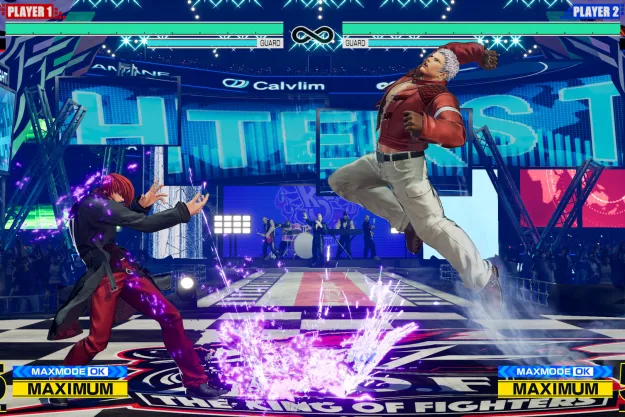The Zune, Microsoft’s next combined hardware/software service has launched and is now available in an impressive 30,000 retail outlets, arguably the most aggressive attempt to take market share from Apple to date. Apple has responded by cutting deals with a number of airline carries to exclusively support iPods for in-flight entertainment. What makes this particularly interesting is that in both cases the two companies appear to be behaving more like the other firm than themselves.
Zune: iPod with a Twist
The Zune is a closed system/service offering much more similar to what Apple initially launched than what is typical from Microsoft. This ties the hardware to the service and while it assures ease-of-use and compatibility, it does so by sacrificing choice in hardware.
Much like Apple differentiated itself from Creative Labs when they entered the market (Creative dominated) before the iPod launch, Microsoft has crafted a solution that points at Apple’s key weaknesses. For Apple, Creative’s weaknesses included overly large and clunky hardware and poor software making the Creative offering relatively difficult to use. Apple attacked with attractive hardware and iTunes and now owns the market primarily because Creative Labs simply could not figure out how to respond quickly enough to protect their market.
Apple’s weaknesses are with the music labels who believe Apple is taking financial advantage, the channel where stores feel Apple does not treat them fairly with respect to Apple’s own stores, and the third is Apple’s limited DRM which only supports pay-per-song and not flat rate pricing. Flat Rate pricing is typically preferred by folks buying media services (like cable and satellite music and video) and it’s also common for both wired and wireless telephone services as well.
Microsoft’s Zune addresses all three weaknesses. It compensates the music labels for music sales, it does not compete with the retailers who sell it, and the Zune DRM does support flat rate pricing which also enables broad music sharing between Zune customers.
However Apple retains at least three advantages. They are the current standard with regard to accessories and there are a lot of them, they have a broad product line of attractive products from small flash to large video, and because they are the standard, differences are often seen as negatives not positives.
Zune represents the strongest offensive yet against Apple, but while the services are strong, the hardware (which favors a robust Scion like design over Apple’s Porsche like offering) may fall short of what would be needed for Zune to have the same success against Apple that Apple had against Creative Labs.
Apple’s Risky Response
When I first read that Apple had cut deals with several airlines for exclusive use of iPods for in-air entertainment I was impressed by how aggressively Apple moved against the threat. But then I’ve covered Microsoft for years and had Microsoft done something similar, all sorts of red flags would have gone up. For instance, what if Microsoft cut a deal with the Airlines so that only Windows PCs could connect to Airline in-flight services like power and network access? I think we would suddenly see a series of complaints from Apple addressing what they viewed, and probably rightly, as unfair restraint of trade. Dominant companies typically are not allowed to lock competing firms out of critical markets.
In the digital music player space Apple is nearly as dominant as Microsoft is in the desktop space and it is likely that the same problems that Microsoft had when they overreacted to the Netscape threat could pass to Apple. In the background the US Republican Congress which didn’t like taking anti-trust actions, will shortly be replaced by a Democratic led Congress who likes anti-trust actions a lot more. This could become a problem for Apple which has already had problems like this in Europe.
Two other aspects of this deal may become problematic. The Airlines are slow to deploy new technology and even slower to replace it suggesting the interface they use may need to remain stable for 15 or more years or they will require a common, second, interface that could be copied by others in turn opening Apple’s accessories market to third parties.
Now from the consumer perspective, regardless of how this turns out, the end result will be better entertainment on planes so it isn’t a bad thing and Apple may have addressed these exposures without bragging about how.


